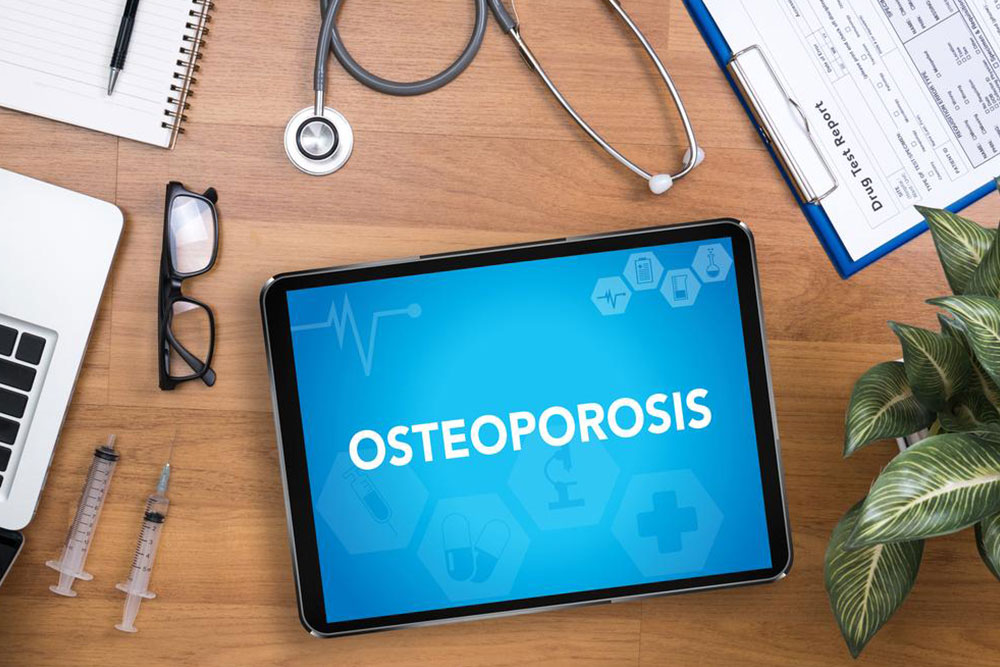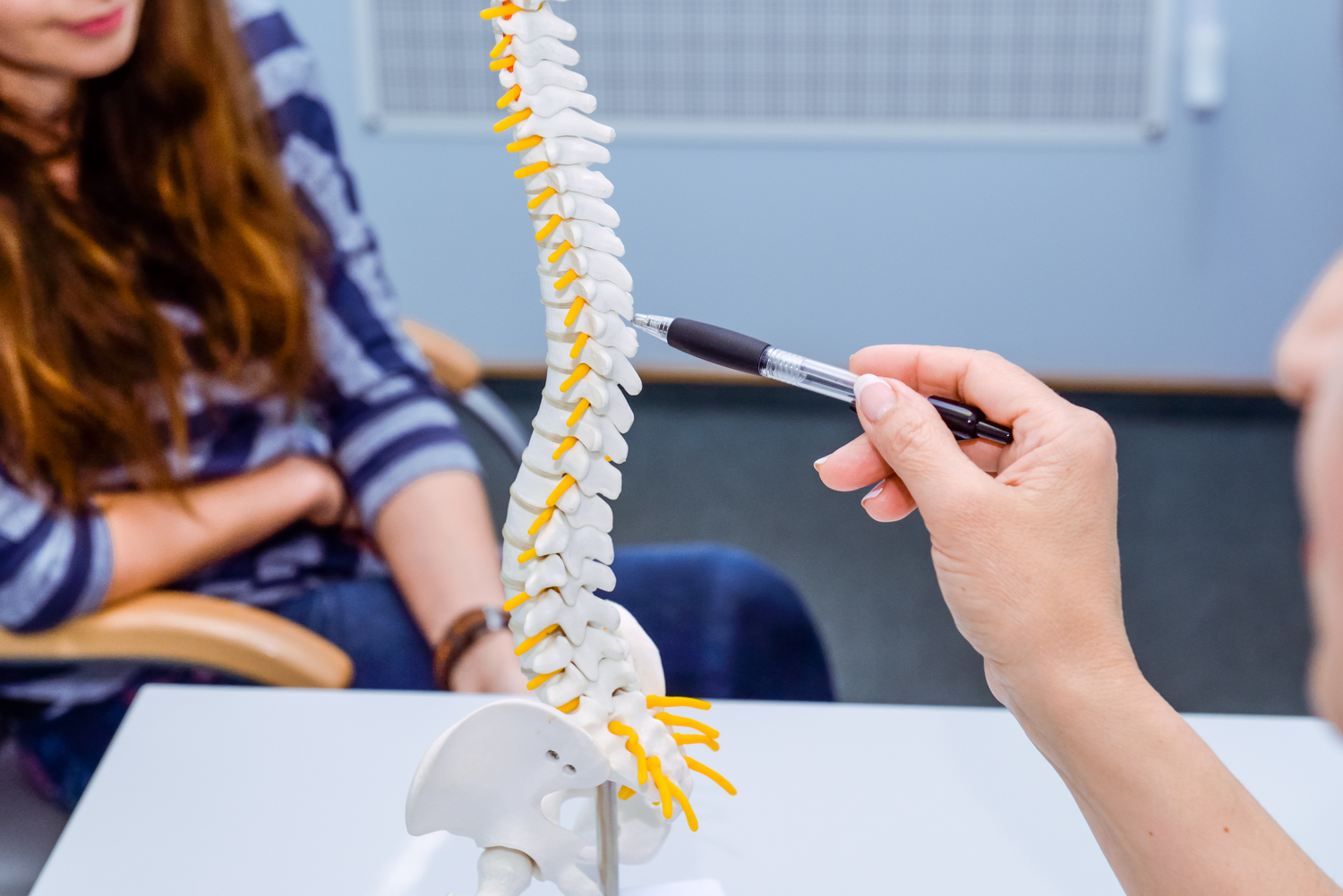Comprehensive Guide to Osteoporosis: Causes, Symptoms, and Strategies for Prevention
Osteoporosis is a silent yet serious condition characterized by weakened bones, increasing fracture risk. This detailed guide explains its causes, symptoms, and prevention strategies, highlighting the importance of lifestyle choices, nutrition, and medical management. Early detection through regular checkups and adopting healthy habits can effectively reduce the risk of developing osteoporosis, especially with age. Learn how diet, exercise, and medical interventions can help maintain strong bones and prevent fractures. Protect your bone health today for a healthier tomorrow.

Comprehensive Guide to Osteoporosis: Causes, Symptoms, and Strategies for Prevention
Osteoporosis is a prevalent bone health disorder characterized by the gradual weakening and fragility of bones, which markedly increases the risk of fractures, especially in the hips, spine, and wrists. Often dubbed the "silent disease," osteoporosis develops without noticeable symptoms in its early stages, making proactive diagnosis essential for effective management. As the disease progresses, individuals may experience symptoms such as persistent joint pain, stiffness, muscle weakness, and swelling—symptoms that can easily be mistaken for other common conditions. Recognizing these signs and understanding how to prevent this condition are vital for maintaining a good quality of life.
Bone is a living tissue continuously undergoing renewal through a dynamic process called remodeling, which involves the balanced activity of osteoclasts (cells that break down bone) and osteoblasts (cells that form new bone). Osteoporosis arises when this balance is disrupted, leading to increased bone resorption and decreased bone formation. This imbalance results in reduced bone density and deterioration of bone tissue architecture, making bones more susceptible to fractures from minor falls or injuries.
Causes and Risk Factors of Osteoporosis
Understanding the causes of osteoporosis can help in early prevention and intervention. Several factors contribute to the development of this condition:
Aging: As we age, bone mass naturally declines. After age 30, peak bone mass is reached, and subsequent loss accelerates, particularly after menopause in women, due to decreased estrogen production.
Hormonal Changes: Estrogen plays a crucial role in maintaining bone density. Reduced estrogen levels during menopause significantly heighten the risk in women. In men, declining testosterone levels also contribute.
Poor Nutrition: Insufficient intake of calcium and vitamin D impairs bone mineralization, weakening bones over time.
Sedentary Lifestyle: Lack of weight-bearing exercise diminishes bone strength and density.
Genetic Factors: Family history of osteoporosis increases susceptibility.
Medical Conditions and Medications: Chronic illnesses like rheumatoid arthritis, hyperthyroidism, and long-term use of corticosteroids can accelerate bone loss.
Recognizing the Symptoms of Osteoporosis
Since osteoporosis progresses silently, individuals often remain unaware until a fracture occurs. Typical symptoms that may appear include:
Chronic back pain caused by vertebral fractures
Loss of height over time
Stooped posture or dowager’s hump
Spontaneous fractures with minor trauma
Weakness in muscles surrounding the affected bones
Prevention and Lifestyle Modifications
Preventing osteoporosis involves a holistic approach focusing on nutrition, physical activity, and lifestyle habits. Here are proven strategies:
Balanced Diet: Ensure sufficient intake of calcium-rich foods such as dairy products, leafy greens, almonds, and fortified foods. Complement this with adequate vitamin D, essential for calcium absorption, obtained from sunlight exposure and supplements if necessary.
Regular Weight-Bearing Exercise: Activities like walking, jogging, dancing, and resistance training stimulate bone formation and help maintain bone density.
Avoid Smoking and Excessive Alcohol: Both habits accelerate bone loss and impair bone healing.
Medical Monitoring: Regular bone density scans (DEXA scans) can detect early signs of bone loss, enabling timely intervention.
Medical Management of Osteoporosis
While there is no cure for osteoporosis, various treatments aim to slow disease progression, manage symptoms, and prevent fractures. These include:
Medications: Bisphosphonates (e.g., alendronate), selective estrogen receptor modulators (SERMs), hormone replacement therapy (HRT), and newer drugs like denosumab help maintain or increase bone density.
Supplementation: Calcium and vitamin D supplements support bone health, especially when dietary intake is insufficient.
Surgical Interventions: In severe cases, vertebral or hip fractures may require surgical repair such as vertebroplasty or joint replacement.
Role of Early Prevention
Prevention is paramount, especially for individuals over 40 or those with risk factors. Adopting a healthy lifestyle from a young age can significantly reduce the likelihood of developing osteoporosis later in life. Regular health checkups, monitoring bone health through scans, and making informed dietary and activity choices are vital. Women approaching menopause should prioritize calcium and vitamin D intake and consider bone health assessments as part of routine healthcare.
Final Tips for Maintaining Strong Bones
Maintaining robust bones requires consistent effort. Incorporate calcium-rich foods into daily meals, engage in weight-bearing exercises, and seek medical advice if at risk. Avoid smoking and limit alcohol consumption to prevent further bone deterioration. Educating oneself about osteoporosis and taking proactive steps can lead to a healthier, fracture-free life.
Remember, early detection and lifestyle adjustments are your best defenses against osteoporosis. Prioritize bone health today to enjoy an active and healthy future.





